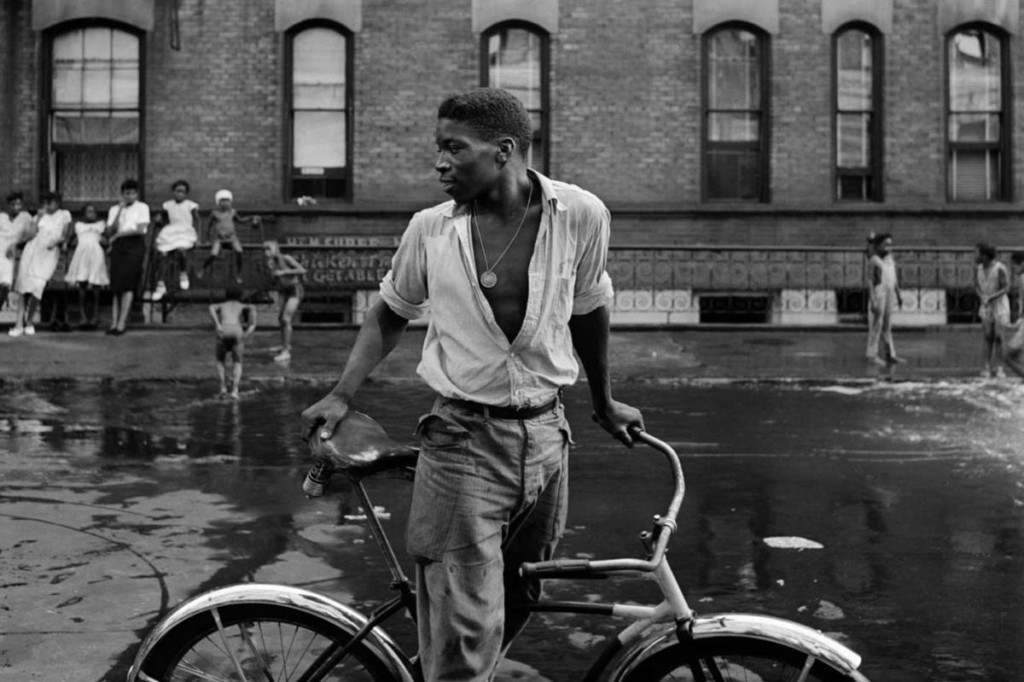Framing Streets Things To Know Before You Buy
Framing Streets Things To Know Before You Buy
Blog Article
Framing Streets Fundamentals Explained
Table of ContentsOur Framing Streets DiariesThe Buzz on Framing StreetsThe Only Guide to Framing StreetsThe 8-Minute Rule for Framing StreetsMore About Framing Streets10 Simple Techniques For Framing Streets
Digital photography genre "Crufts Pet dog Show 1968" by Tony Ray-Jones Street digital photography (also sometimes called honest digital photography) is digital photography conducted for art or inquiry that features unmediated possibility encounters and arbitrary events within public places, normally with the aim of recording images at a definitive or poignant moment by cautious framing and timing. 
His boots and legs were well defined, but he is without body or head, due to the fact that these were in activity." Charles Ngre, waterseller Charles Ngre. https://www.huntingnet.com/forum/members/framingstreets1.html was the first photographer to acquire the technological refinement called for to register people in activity on the street in Paris in 1851. Professional Photographer John Thomson, a Scotsman dealing with journalist and social lobbyist Adolphe Smith, published Street Life in London in twelve regular monthly installments beginning in February 1877
Not known Facts About Framing Streets
Eugene Atget is pertained to as a progenitor, not because he was the initial of his kind, but as an outcome of the popularisation in the late 1920s of his record of Parisian roads by Berenice Abbott, that was inspired to carry out a comparable documents of New York City. [] As the city developed, Atget aided to promote Parisian streets as a worthy subject for digital photography.

Framing Streets Can Be Fun For Everyone
Martin is the initial tape-recorded digital photographer to do so in London with a masked cam. Mass-Observation was a social research organisation started in 1937 which intended to record day-to-day life in Britain and to record the responses of the 'man-in-the-street' to King Edward VIII's abdication in 1936 to wed separation Wallis Simpson, and the important site succession of George VI. The principal Mass-Observationists were anthropologist Tom Harrisson in Bolton and poet Charles Madge in London, and their very first report was generated as the book "May the Twelfth: Mass-Observation Day-Surveys 1937 by over two hundred observers" [] Home window cleaner at Kottbusser Tor, Berlin, by Elsa Thiemann c. 1946 The post-war French Humanist School photographers located their topics on the road or in the bistro. In between 1946 and 1957 Le Groupe des XV each year showed job of this kind. Andre Kertesz. Circus, Budapest, 19 May 1920 Street digital photography developed the major web content of two exhibits at the Gallery of Modern Art (Mo, MA) in New york city curated by Edward Steichen, 5 French Photographers: Brassai; Cartier-Bresson, Doisneau, Ronis, Izis in 1951 to 1952, and Post-war European Digital Photography in 1953, which exported the concept of street photography globally.

Getting My Framing Streets To Work
The recording machine was 'a concealed cam', a 35 mm Contax hidden underneath his coat, that was 'strapped to the chest and linked to a long cord strung down the right sleeve'. His job had little contemporary impact as due to Evans' level of sensitivities concerning the creativity of his project and the personal privacy of his topics, it was not published up until 1966, in the publication Numerous Are Called, with an intro created by James Agee in 1940.
Helen Levitt, then an educator of little ones, linked with Evans in 193839. She recorded the transitory chalk drawings - Lightroom presets that belonged to youngsters's street society in New york city at the time, along with the children who made them. In July 1939, Mo, MA's new digital photography area consisted of Levitt's operate in its inaugural exhibitRobert Frank's 1958 book,, was substantial; raw and frequently indistinct, Frank's pictures questioned mainstream photography of the time, "challenged all the formal policies set by Henri Cartier-Bresson and Pedestrian Evans" and "contradicted the wholesome pictorialism and sincere photojournalism of American magazines like LIFE and Time".
Report this page